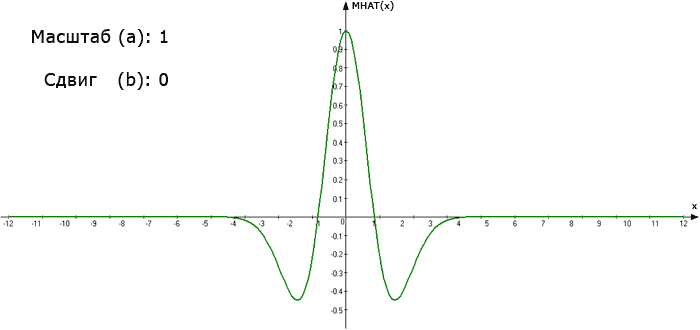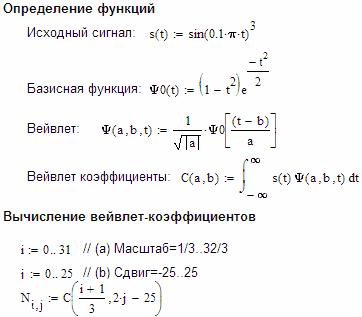 |
Nesterenko DmitriyFaculty: Computer ScienceSpeciality: Software engineeringTheme of master's work:Automatic recognition of isolated words of Russian language based on Wavelet AnalysisScientific adviser: Cand.Tech.Sci. Fedyaev O. |
Currently wavelets begin to be used at the decision of various applications: pattern recognition, in processing and synthesis of various signals (for example, speech), when analyzing the images, and in many other cases. However scientists and researchers have not reflected all advantages of wavelets on practice yet. All these facts cause an urgency of this work are from the analysis of scientific publications in this area.
The work aim is theoretical substantiation of wavelet analysis application to the developing system, which allow to solve a problem of automatic recognition of isolated words of Russian most effectively.
Subject of researches is the mathematical apparatus of the wavelet-analysis for voice signals. Which allow to present a speech signal most effectively by using of wavelets. Methods of the speech recognition theory also.
Object of research are hardware-software means of speech signal automatic recognition.
To achieve the objectives, methods of wavelets-transformations theory, theories of digital signals processing, theories of artificial neural networks, theories of indistinct systems and the theory of speech images recognition are used.
A new way to digital representation of speech signal using wavelets is offered. Which allow to improve neuro-indistinct recognition of the isolated words of Russian.
The term "wavelet" was first introduces by expert in seismography J.Morlet. In 80th it was related with properties analysis of seismic and acoustic signals. Translated from English means «short (or small) wave» literally [1].
Wavelets are functions that have some important properties. The main of them are the possibility to move in time and scalability.
Let's look at «Mexican hat» (MHAT) wavelet type, which is the second derivative of Gaussian function. Its shape is defined by expression:
MHAT graph with different values of scale and carrying over is presented on fig. 1.

Process of decomposition of any input signal by wavelets is called «direct wavelet-transformation» (DWT).
In fact, DWT is decomposition of a signal using wavelets with all possible shifts and stretching/compression. The problem of wavelets coefficients calculation is performed.
The wavelet is defined by expression:
Formally, the calculation of wavelet coefficients is realized in the next way:
For example, here presented a direct wavelet-transformation of function
To perform calculations the system of computer mathematics Mathcad was used. The developed program of wavelet coefficients obtaining is presented on fig. 2.

In result wavelet coefficients for the specified range of scales and shifts were obtained.
Obtained coefficients for convenience and enhance the information content represents by using wavelet-spectrograms. They make easy to identify the smallest local features of functions, signals, images binding them to time or to coordinates. The obtained wavelets coefficients in the form of the wavelet-spectrogram are represented on fig. 3.

Obtained wavelet spectrogram shows all signal characteristics at certain wavelet scale and shift. Thus, it can be used further as a graphic image for recognition and for solving a problem of determining membership in a certain class of images. With the help of wavelets we can do preliminary division of a speech signal into phonemes and then create their spectrograms. Which can use further in graphic images recognition.
Although the wavelet analysis mathematical apparatus is well developed also the theory, in general, executed, wavelets still leave an extensive field for researches. It is enough to tell that the choosing of most suitable wavelet for the analysis of the concrete data is more like art, than routine work [3]. Besides, the task of developing applications that use wavelet-analysis can be applied in many areas.